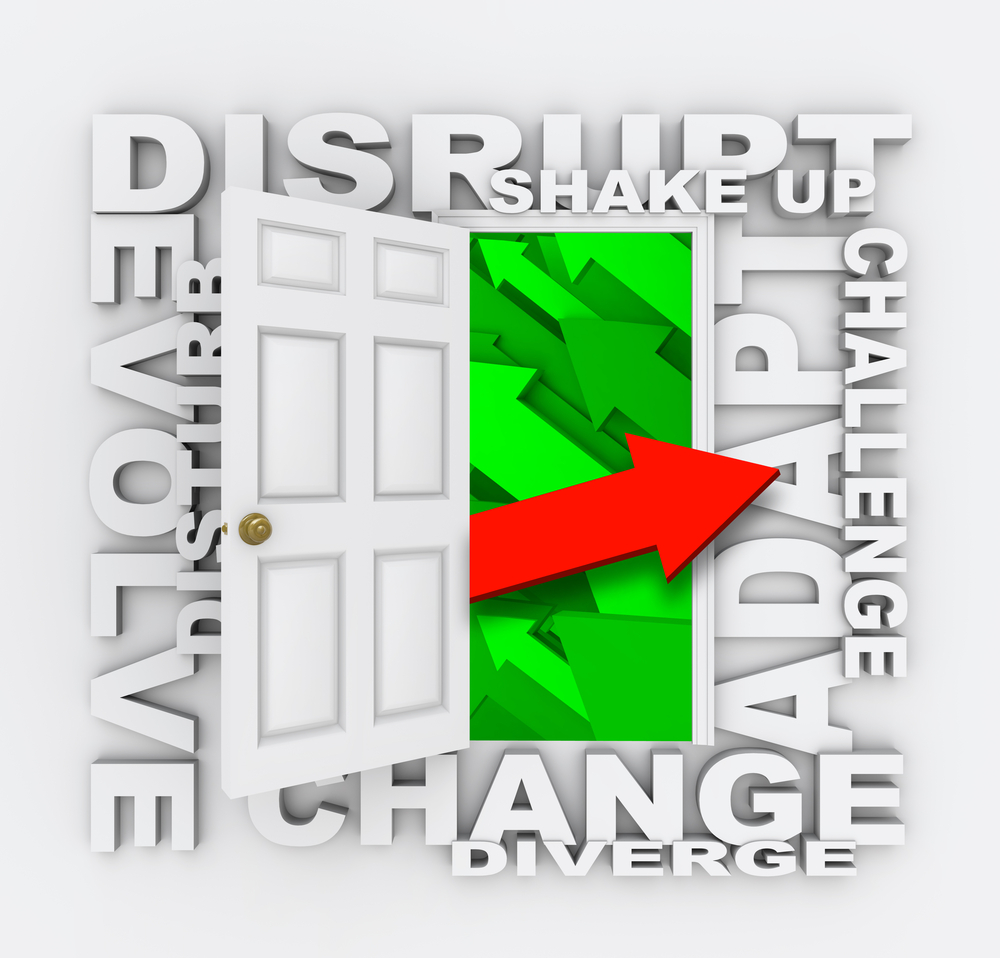If the times make the leader, these times place a premium on our ability to think and do differently.
I constantly look for examples of leaders diverging from the conventional thinking in their firms. They challenge the “way” things are supposed to happen. They are thorns in the side of the culture intent on bursting the bubble of conventional wisdom and accepted process for the right reasons.
These individuals—all too rare—are the catalysts for innovation.
Innovation is oxygen for every organization.
Is your organization suffocating?
An Executive and Project Manager Think and Do Differently
Angela, a less than senior project manager, is one executive’s think and do differently response to a team situation on the brink of spiraling out of control. This executive recognized the gut reaction of more seasoned team leaders would be to assert authority to counter the team’s seeming death throes. In his opinion, the team’s dynamics and the momentary stall reflected the challenges of a hyper-creative group that needed the right environment to move from storming to forming. Over the protests of his peers and with a funny look from the CEO, he asked Angela to help.
Angela did the opposite of asserting command. Within 24-hours, she won the team over and slowed the churn. Since she didn’t naturally think in terms of power and control, she did something no one expected. She delegated her role definition to the team with a simple question: “At the end of this project, when we are successful, what will you say that I did?”
And then she got started doing it.
The team was caught off-guard. The shock over her unexpected approach helped the team recognize it was time to get to work. They were ultimately successful.
Think and do differently.
“You Want to Do What?”
A business unit head recognized that her team’s tug-of-war with a major competitor over pricing, products, and features guaranteed no one would win. Both firms gained occasional ground, but neither ended up in the mud.
After pushing her team members out of the office and into the customer environment to observe, it became apparent that the clients had a big, unarticulated problem. The store-level operations were dependent upon systems and technologies from a variety of different vendors, yet none of the systems tied together. Managers were required to look across multiple systems for answers that should have been readily available with additional integration. The real nirvana for customers would be working to get these different systems to talk to each other and share and leverage data to support tighter decision-making.
It was clear to her that this was a problem waiting to be solved. She presented her plan to her firm’s senior management to experiment with serving as a systems integrator in this market. She would need to add new skill sets and headcount to the team, and for awhile, there would be no new revenue to offset this expansion. In fact, the entire plan had nothing to do with selling more of the firm’s products in the short-term. One senior executive responded in shock, “You want to do what?” he asked.
She gained narrow approval to experiment with the systems integration model—more of a consulting approach. Except the consulting would be free. For now.
It worked. Once the clients recognized the value of this approach—and the willingness of her company (no longer just a vendor) to step up and help solve their store-level integration and operations problems, they purchased her firm’s offerings by reflex action. Price and features were no longer a concern.
The competitor ended up in the mud without seeing this big tug coming. Game over.
The consulting model became the growth vehicle for the firm.
Think and do differently. She did.
This Message Mostly Falls on Deaf Ears. Mostly is OK.
Many people hear this message and nod their heads. People in my workshops bubble with excitement over breaking the gravitational pull of conventional thinking and acting. In classrooms, the MBA students nod their heads and take notes. And then they go back to work.
Only a few find the courage to put this approach to work. These few understand the innate goodness in thinking and acting differently. And they do it.
The Bottom-Line for Now:
Starting today, pause when you come to an issue that seems to merit a patterned approach. That debate over resources or the vexing problem you are having in achieving something are both hand-delivered invitations to think and do differently. Seize the opportunity and try a different approach.


